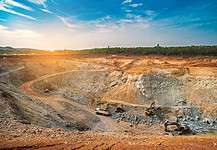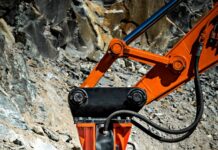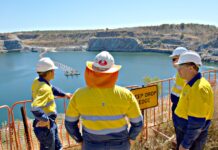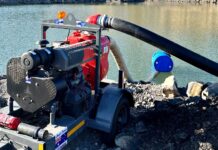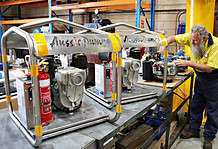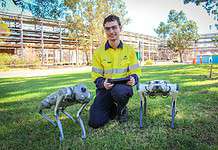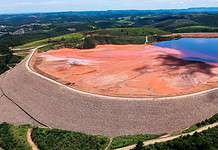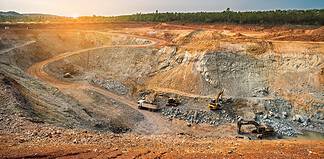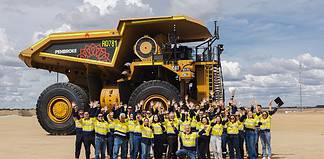CSIRO is collaborating with Reedy Lagoon Corporation Limited (ASX: RLC) to investigate new ways of determining magnetite resource estimates using geophysics, rather than just drill holes.
The use of petrophysically constrained magnetic modelling will utilise previously drilled core to determine physical properties such as magnetisation and density of the Burracoppin magnetite deposit in WA.
These results will in turn be used to constrain a detailed 3D magnetic/density model of the mineralisation, from which Reedy Lagoon is aiming to produce green high purity pig iron (HPPI).
CSIRO project leader and petrophysics expert Dr Jim Austin says magnetite resources are unlike any other metal.
“The quantity of the resource present, ie. iron, has a linear relationship with both density and magnetisation,” he said.
“This means the total iron resource can theoretically be determined to relatively high precision using geophysical methods alone.”
In simplistic terms, petrophysics is the study of physical and chemical rock properties and their interactions with fluids.
The Burracoppin iron project is seeking to establish an indicated mineral resource of 20-30mt iron concentrate product within the Burracoppin magnetite deposit, which is currently identified in detailed airborne magnetic data and three core drill holes.
If the CSIRO trials prove successful, this has the potential to create a new method of estimating a resource to JORC standards with far less drilling, reduced ground disturbance and decreased costs.



